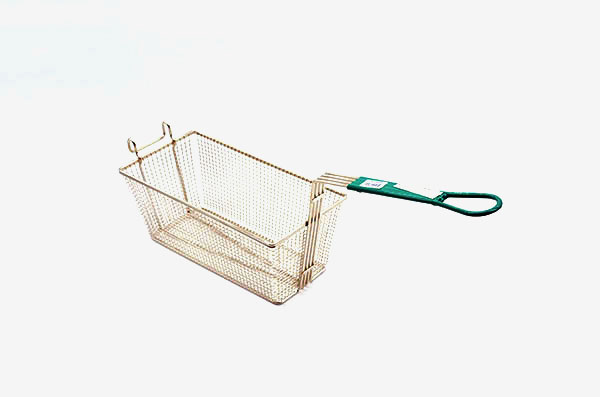Precautions when using stainless steel kitchenware
Attention shall be paid to the use of stainless steel kitchenware:
I. do not put salt, soy sauce, vinegar, vegetable soup, etc. for a long time. Because there are many electrolytes in these foods, if they are kept for a long time, stainless steel will react electrochemically with these electrolytes, so that toxic metal elements will be dissolved.
Second, do not use stainless steel pot to boil traditional Chinese medicine, because traditional Chinese medicine contains a variety of alkaloids, acids and other components, especially under heating conditions, it is difficult to avoid chemical reactions. Third, do not wash with strong alkaline or strong oxidizing chemicals such as soda, bleaching powder, sodium hypochlorite, etc. Because these substances are strong electrolytes, they will react electrochemically with stainless steel.
Five taboos of stainless steel kitchenware
I. stainless steel kitchenware should not be painted or carved with bamboo chopsticks. The paint on chopsticks contains lead, benzene and other chemicals, which are harmful to health. The carved chopsticks look beautiful, but they are easy to hide dirt, breed bacteria and are not easy to clean.
2. Stainless steel kitchenware should not be filled with various patterns of porcelain. The ingredients should be packed in glassware. Pattern porcelain contains lead, benzene and other pathogenic and carcinogenic substances. With the aging and decay of pattern porcelain, radon in pattern pigment pollutes food and is harmful to human body.

Third, stainless steel kitchenware is not allowed to cook mung bean in iron pot. Because the mung bean contains element tannin, it will become black tannin iron when encountering iron under high temperature, which makes the mung bean soup black and has special smell, not only affects appetite and taste, but also is harmful to human body.
IV. stainless steel kitchenware is not allowed to boil traditional Chinese medicine with stainless steel kitchenware or iron pot. Because traditional Chinese medicine contains many kinds of alkaloids and biochemical substances, it will react with stainless steel or iron under heating conditions, which will make the medicine invalid and even produce certain toxicity.
V. stainless steel kitchenware should not use ebony or wood with peculiar smell as cutting board. Ebony contains peculiar smell and toxic substances, which not only pollute dishes, but also cause vomiting, dizziness and abdominal pain. Therefore, the wood selected for making the cutting board is white fruit wood, saponifia, birch and willow.
Article origin: Jiangmen fried baskethttp://www.pddak.com
-
06-05
Processing technology of barbecue net
After the barbecue net is processed and manufactured, it is generally required to stop the surface treatment, so that the product has the characteristics of beauty, rust prevention and corrosion prevention. Generally speaking, there are two ways to treat the surface of barbecue net, galvanizing and polishing. Here we will introduce these two processes: galvanizing, that is, cold plating, which is
-
06-05
High temperature resistance of stainless steel mesh structure
The stainless steel mesh structure of Jiangmen blast basket is generally used in acid, alkali and high temperature environment. In order to make the stainless steel mesh work normally in high temperature, we need to know the acceptable temperature of the stainless steel mesh. Stainless steel mesh is made of stainless steel wire, and its raw materials are divided into SUS302, SUS304, SUS316, SUS304
-
06-05
Style and classification of barbecue net
Style and classification of barbecue netClassification of barbecue net: it can be divided into round flat barbecue net, round concave barbecue net, square flat barbecue net and square concave barbecue net according to its shapeDivided into: galvanized barbecue wire, galvanized barbecue wire, stainless steel barbecue wireIt is divided into barbecue net with handle (also known as barbecue rack) and
-
06-05
What are the differences between 304 stainless steel and 316 stainless steel?
304 stainless steel and 316 stainless steel belong to austenitic stainless steel. Austenitic stainless steel is generally used in corrosion-resistant environment, with excellent mechanical properties. Many nickel and chromium also have excellent corrosion resistance. In addition, many austenitic stainless steels are weldable and formable. Two commonly used austenitic stainless steel grades are 304

